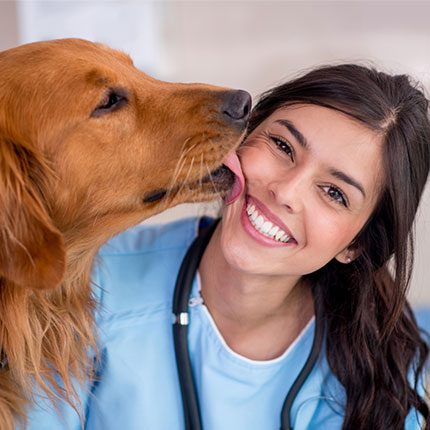
Unveiling Pet Health: The Significance of Abdominal Ultrasound
Why Does My Pet Need an Ultrasound?
Abdominal ultrasound is a valuable diagnostic tool in veterinary care, often recommended when a deeper understanding of a pet’s internal health is required. This non-invasive procedure is instrumental in assessing various aspects of abdominal structures, aiding veterinarians in identifying and managing health conditions. Common reasons for recommending an abdominal ultrasound include investigating gastrointestinal issues, evaluating organ health, and diagnosing urinary tract disorders.
What Does an Abdominal Ultrasound in a Dog Show?
An abdominal ultrasound in a dog provides a comprehensive view of the abdominal cavity, revealing vital insights into the health of internal organs. This includes detailed imaging of the liver, spleen, kidneys, bladder, and gastrointestinal tract. Veterinarians can identify abnormalities such as tumors, cysts, inflammation, or structural issues. The real-time imaging capability of ultrasound enables dynamic observation, allowing for a thorough examination of the dog’s internal structures.
How Do I Prepare My Dog for an Abdominal Ultrasound?
Proper preparation ensures the effectiveness of the abdominal ultrasound. Your veterinarian will provide specific instructions, but common preparations may include:
- Fasting: Depending on the nature of the ultrasound, your dog may be required to fast for a certain period before the procedure. This is especially relevant if the digestive system is being examined, as it helps reduce interference from gas and provides clearer imaging.
- Comfortable Restroom Break: Allow your dog a comfortable restroom break before the ultrasound to minimize any potential discomfort during the procedure.
- Clear Communication: Communicate openly with the veterinary team about your pet’s health history, any ongoing medications, or previous medical conditions. This information assists in tailoring the ultrasound procedure to your dog’s specific needs.
Does a Dog Have to Be Sedated for an Abdominal Ultrasound?
While sedation is not always necessary, it depends on the individual dog’s temperament, anxiety levels, and the specific requirements of the ultrasound. Some dogs may remain calm and cooperative without sedation, while others, particularly those prone to anxiety or fidgetiness, may benefit from mild sedation. The decision is made collaboratively between you and your veterinarian, taking into consideration your dog’s behavior and the nature of the ultrasound.
Do They Shave a Dog for an Abdominal Ultrasound?
Yes, a small area of fur on your dog’s abdomen is typically shaved before an abdominal ultrasound. Shaving enhances the contact between the ultrasound probe and the skin, ensuring the transmission of sound waves is unimpeded. This step is standard practice and contributes to the clarity of the ultrasound images. It also minimizes the presence of air pockets that could interfere with the quality of the imaging.
The Procedure:
- Gel Application: A water-based gel is applied to the shaved area on your dog’s abdomen. This gel serves as a conductor for the ultrasound waves and facilitates the transmission of sound, preventing air pockets that could hinder the imaging process.
- Probe Manipulation: A trained technician or the veterinarian moves the ultrasound probe over the designated area. The probe emits high-frequency sound waves, which penetrate the tissues and bounce back as echoes. These echoes are translated into real-time images displayed on a monitor.
- Image Interpretation: The veterinarian interprets the images, looking for abnormalities or signs of disease. The real-time nature of the imaging allows for adjustments during the procedure, ensuring a thorough examination.
- Post-Procedure: Once the ultrasound is complete, the gel is wiped off, and your dog can resume normal activities immediately. There is typically no recovery time associated with an abdominal ultrasound.
In conclusion, abdominal ultrasound for dogs is a valuable and safe diagnostic procedure that provides crucial insights into a pet’s internal health. If recommended by your veterinarian, it is an essential step in ensuring the well-being of your furry friend. By understanding the process, preparing your dog appropriately, and collaborating with the veterinary team, you contribute to a positive experience that can lead to accurate diagnoses and effective treatment plans for your pet’s overall health and happiness.
